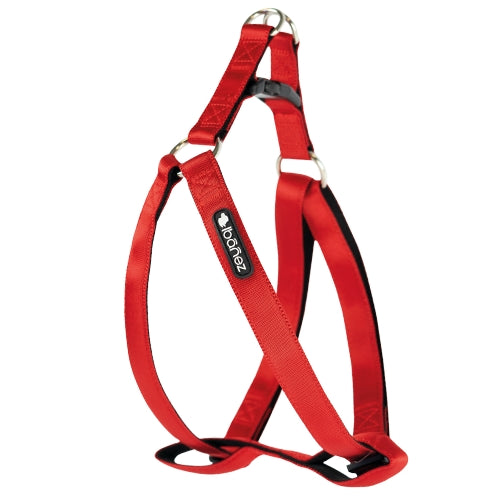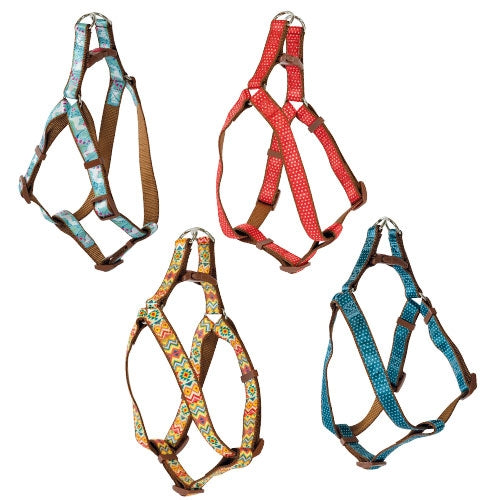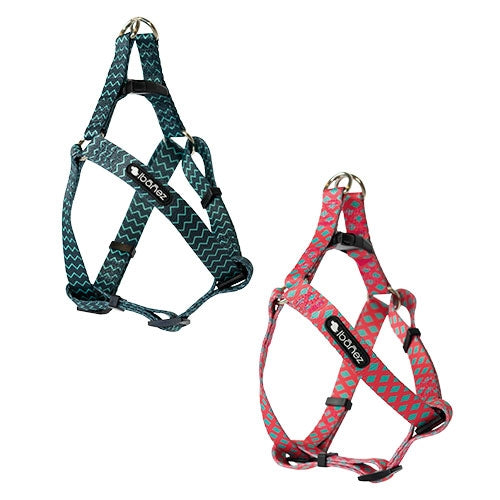Collars, Leashes & Harnesses
The dog is a sociable animal and, therefore, needs to meet other living beings, to explore a territory. Whether in an apartment or in a pavilion, he cannot be satisfied with a hygienic exit of five minutes after the film or even to remain cloistered in a garden . A minimum walk of one hour per day will allow him to exercise, and therefore spare the furniture of the house, and to integrate into a pseudo-pack in the company of other dogs in the neighborhood. Of course, if you have chosen a sporting dog such as a Husky, the daily exercise necessary for the good development of your companion will be of a much longer duration.
From a legal point of view, the dog being walked in town must be kept on a leash or be within earshot and hand so that his master always has him under control. Thus, if, unfortunately, a dog is hit by a car while not on a leash, it is its owner who is responsible for the damage caused. The same is true if he bites another dog or a person. We can avoid these inconveniences by teaching his companion to walk on a leash, to return to the foot without discussion and by socializing him very early. Self-guided walks are reserved for green spaces, in the countryside.
Walking on a leash can be learned from an early age . Very small already, the puppy tends to follow his master. We must take advantage of every opportunity to ask him to come to the foot. Then we will put on the leash. A little time to adapt is of course essential. The puppy will tend to "shoot the fox". Then, gradually, it is he who will start in front. Be careful never to allow him to pull on his leash. This bad habit is unpleasant and can be dangerous under certain circumstances. To remedy this, simply stop and pull in the opposite direction. The puppy will find himself unbalanced and, after a few somersaults, will refrain from walking past. Once this step has been mastered, we will move on to walking without a leash.
Home is your companion's territory. With a more or less pronounced instinct according to his race, he guards his house by barking to warn of his presence. Barking can also express boredom when the dog is left alone throughout the day. But, sometimes, this mode of expression becomes an ordeal for the neighbors. A good education is the key to good relations with one's neighborhood. Teaching your dog to bark and shut up on command is easy. First of all, we issue the order to "bark" and we will give him the reward when he is executed. Finally, later, we will not give it to him until he is silent while ordering him "stop" in a firm voice.
If the dog is in a garden, you must make sure that it cannot escape . A good fence sufficiently high and buried (a dog, that digs!) Is essential. Know that, if he runs away, you will be responsible for the damage he causes. In fact, liability insurance should always be taken out regardless of the dog.
Sort by
Filters







